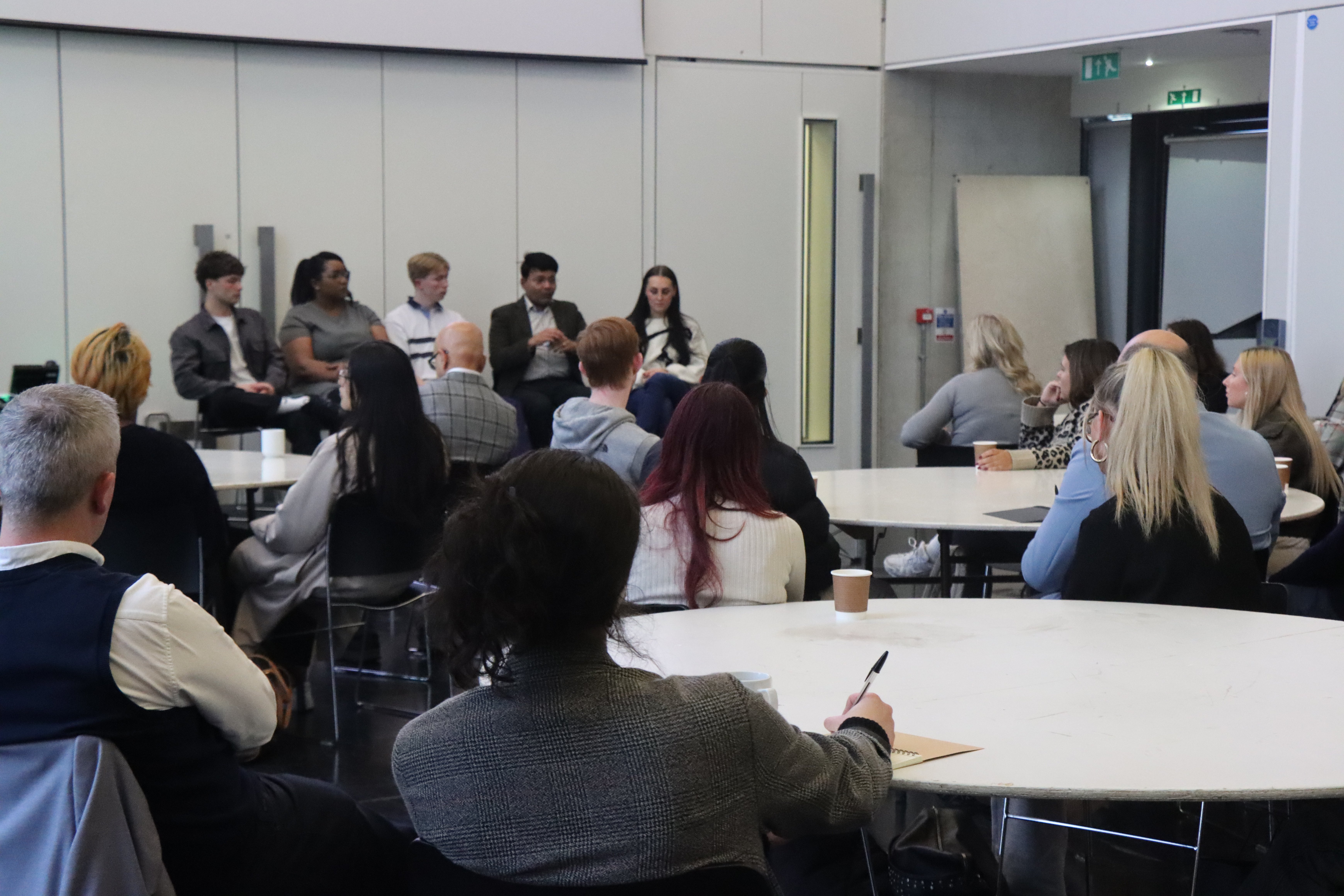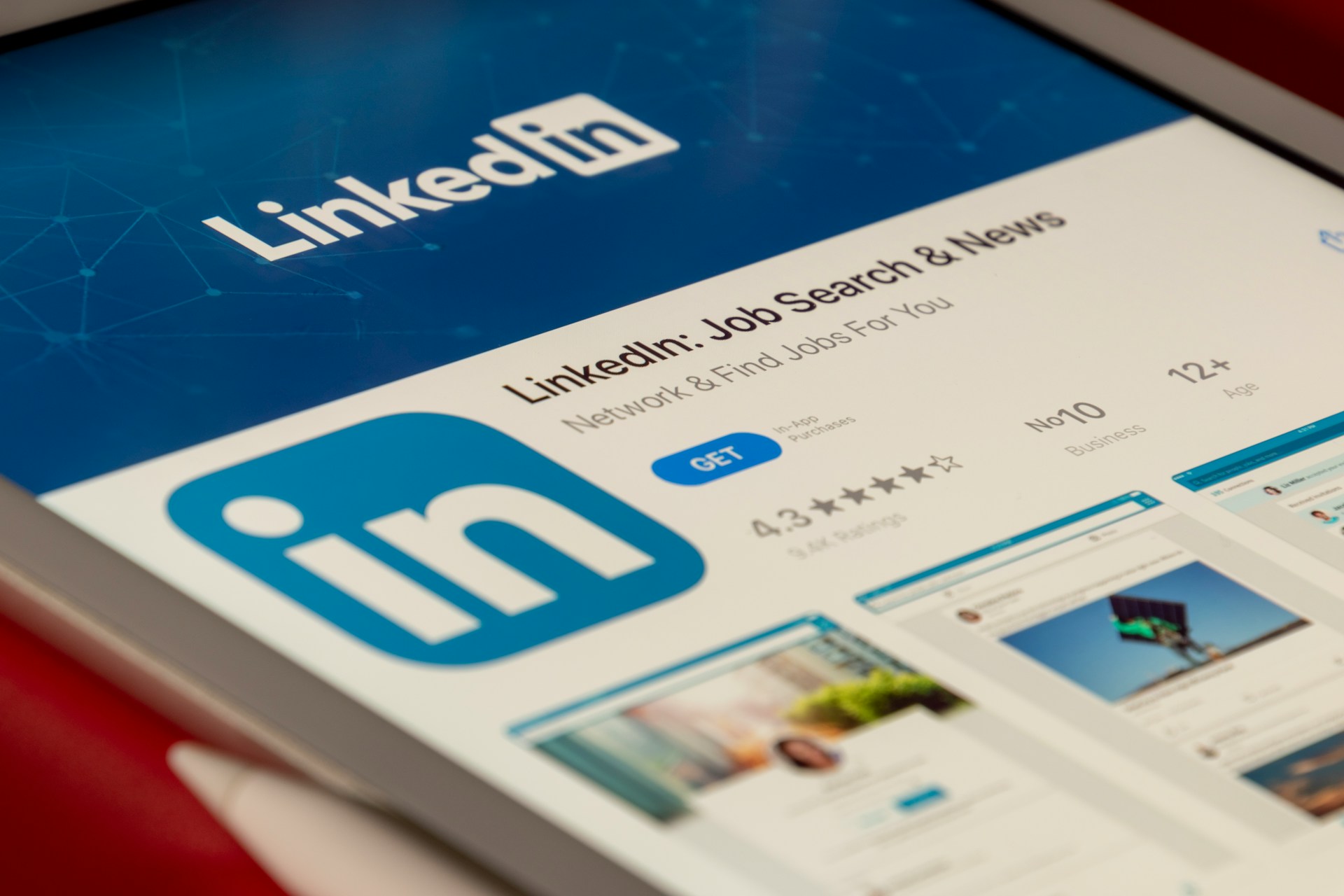5 steps to storytelling with science: Part 2
Last time we covered the first three steps to creating engaging content that tells your scientific story to open ears. Before putting pen to paper, defining your audience, choosing the right format and digging deeper into your core topics are essential. Here’s how to complete the process:
4. Extracting technical content
How do you collect the right information to tell your story? It might be that you already have some starting materials, so it’s worth conducting a content audit with the appropriate technical teams to establish what else you will need from them and how your project will fill the gap. You don’t have to use every single material available – part of the process is picking out the most useful sources of content and developing them further to meet the needs of your audience.
For example, you might have five app notes that, separately, tell the story of your offering, but readers find it challenging to join the dots. Collating this information in a digestible format could be a simple solution to help potential customers realise how you can solve a number of their problems.
5. How to write for a scientific audience
The moment you’ve been preparing for, actually telling your story. It can seem a little overwhelming – where to begin? By completing the first four steps, you’re in a great position to tell an engaging story. By defining your audience, you will know how much knowledge to assume and therefore how much detail to delve into. Whether you’re providing a general overview of a topic or addressing experts in the field, being concise is vital.
Scientific audiences like facts, so they can build on what they already know, to go and form their own opinions together with colleagues and experts in the field. Therefore, using educational rather than marketing language is likely to go down better.
Download the Storytelling with Science ebook for more scientific writing tips.
Practice makes perfect!
Scientific writing, for the right audience, is a skill which takes practice to master. One important final tip is to measure the success of your story so you can continuously improve. Did you achieve the goals you set out at the beginning? Whether you quantitatively measure the page views of a blog post or white paper downloads, or qualitatively obtain feedback through surveys, make sure you are always refining your approach to consistently deliver high quality content.
For the full guide of how to tell a great scientific story, including more top tips for technical writing, working with scientific media and writing case studies to elevate your story, download your free copy of the Storytelling with Science ebook.







